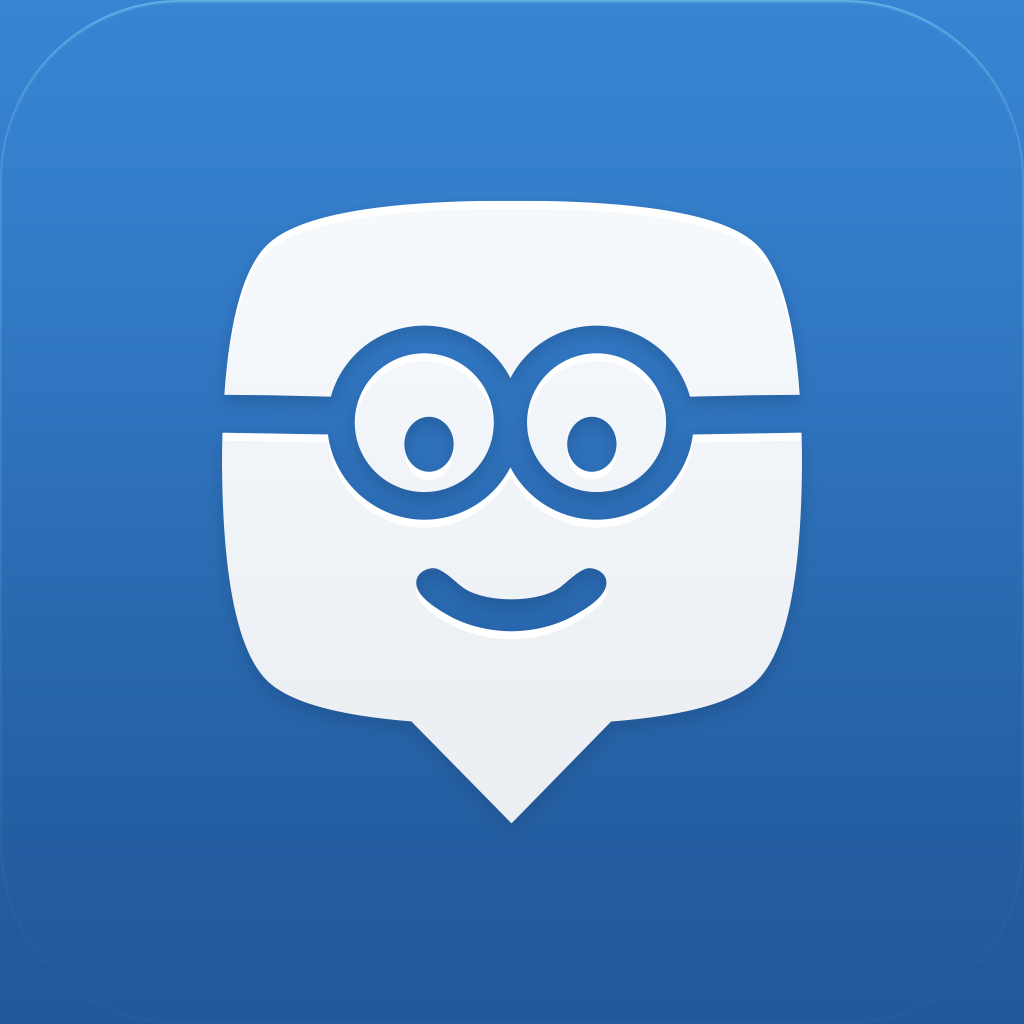Plan for my Curriculum Project:
 |
| Wire Frame |
 |
| Site Map |
- Site title - V.V.E.S.: Ms. Sandino's Wonderful World of P.E.
- Developer - Stephanie Sandino
- Rational or focus -
Goals: Inform parents about-
*Expectations
*My background/experience
*State physical fitness test
*Weekly updates
*Resources
P.E. Handbook page: The 5 main standards that will be used, expectations/rules, and consequences.
About Me page: A mini biography of academic background, sport background, as well as teaching philosophy.
FitnessGram page: Informs parents what to expect for the 5th grade Physical Fitness Test through informative videos.
Blog page: Weekly blog posts on what is happening in P.E. for the week, resources, important topics such as why it is essential to wear athletic shoes during physical education, how to become a healthier individual (help their child), awards I give out, etc.
- Main features outline - The main features of the site are the pages I intend to create: home page, P.E. handbook page, about me page, fitnessgram page, and blog page.
- Content - I am planning to have 5 main webpages.
P.E. Handbook page: The 5 main standards that will be used, expectations/rules, and consequences.
About Me page: A mini biography of academic background, sport background, as well as teaching philosophy.
FitnessGram page: Informs parents what to expect for the 5th grade Physical Fitness Test through informative videos.
Blog page: Weekly blog posts on what is happening in P.E. for the week, resources, important topics such as why it is essential to wear athletic shoes during physical education, how to become a healthier individual (help their child), awards I give out, etc.
- Target audience - My target audience would be the parent(s)/guardian(s) of my students.
- Design considerations. The design I am targeting for is a hub-and-spoke structure, embed videos, embed documents, external link to blog, images, navigation bar on every page, tables, header & footers, CSS. A simple, concise, and informative design. Whichever page you are on you'll be able to go to any page you want.
- Limiting factors - The limiting factors I am foreseeing are: lack of computer accessibility as well as old browsers.


